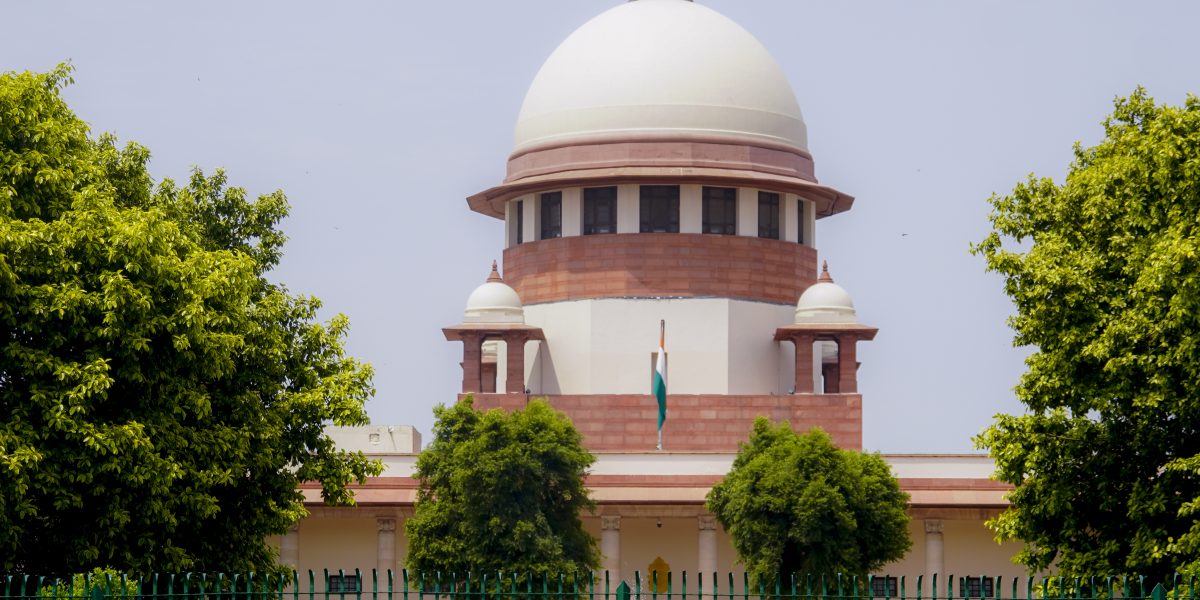
Less than five kilometres away from the Hazratbal shrine, which resembles the Taj Mahal in its white-marble facade and dome-minaret features, is the house of the Farooquis in Srinagar’s green Zakura area. Pansies populate the garden, English ivy climbs along the compound wall, and cypress trees grow tall against the blue sky.
Kamal-ud-Din Farooqui, 73, a retired scientist from Sher-e-Kashmir University of Agricultural Sciences and Technology (SKUAST), has not been able to enjoy this space though.
A couple of months ago, he was barred from entering the Hazratbal shrine, where he serves as the Imaam-o-Khateeb, a priest who leads prayers and delivers sermons on auspicious days.
It’s a position he has held since 2016 and his family has been associated with the shrine for about 350 years. Also known as Assar-e-Sharief, the structure touches the Dal lake on one side, and is special for Muslims, as it houses a strand of Prophet Muhammad’s hair. Every Friday, lakhs of devotees throng its premises for Friday prayers.
On April 5, Farooqui presided over a ceremony ahead of Friday prayers, when a non-Muslim converted to Islam at the shrine. “My heart aches,” he says. “Every Friday, it pains me to cross the shrine but not stop there for prayers. I have to look for a shrine or mosque elsewhere, to offer jummah (congregational prayers).”
This story was originally published in thehindu.com. Read the full story here.






